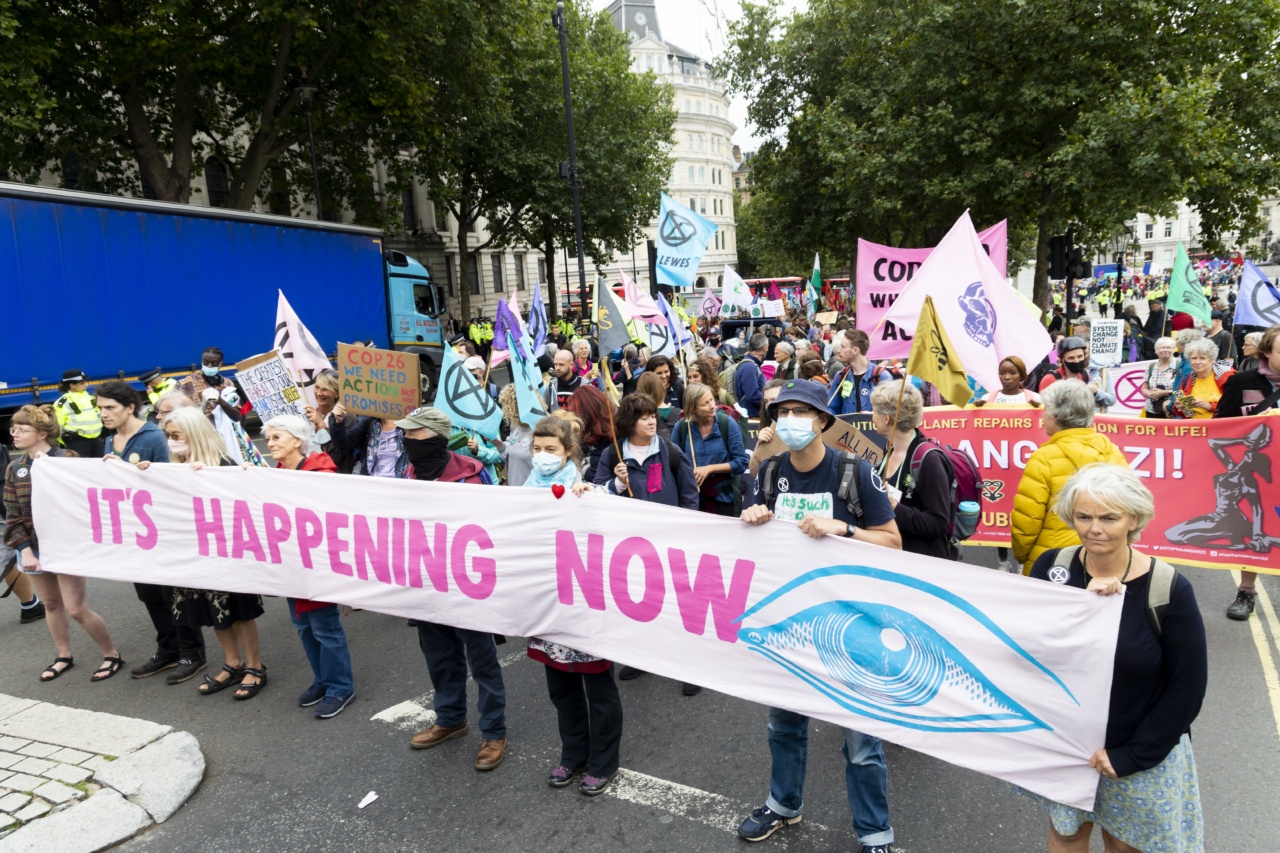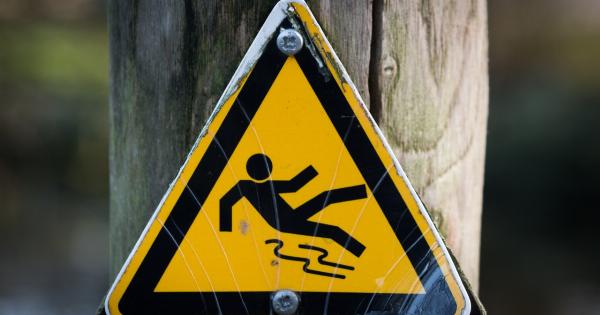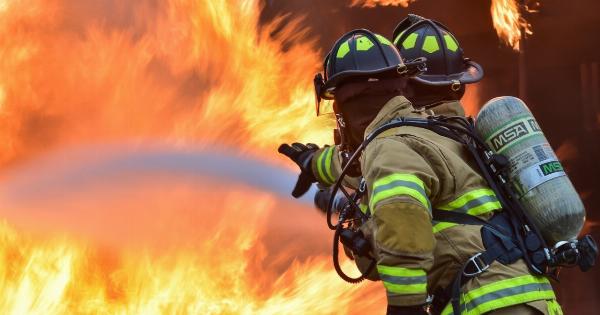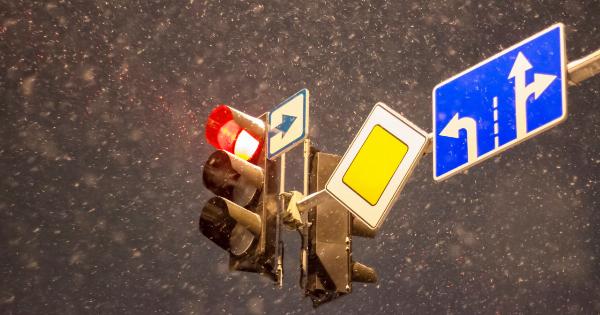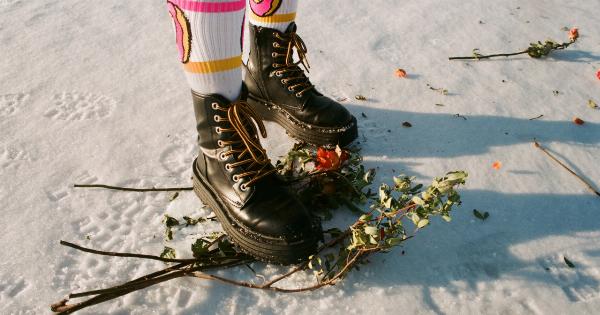Accidents can happen at any time and in any place, often when we least expect them. Protecting against common accidents is crucial for maintaining the safety and well-being of ourselves, our loved ones, and those around us.
By being proactive and conscious of potential hazards, we can significantly reduce the likelihood of accidents occurring. In this article, we will explore some of the most common accidents that people experience and provide practical tips and strategies for protecting against them.
1. Road Accidents
One of the leading causes of accidental injuries and deaths worldwide is road accidents. Whether you are driving, biking, or walking, it is important to adhere to traffic rules and regulations.
Always wear your seatbelt when in a vehicle, and ensure that child passengers are secured in appropriate car seats. Avoid distractions while driving, such as texting or talking on the phone. Additionally, be extra cautious in adverse weather conditions and never drink and drive.
2. Slips, Trips, and Falls
Slipping, tripping, or falling can cause severe injuries, especially for older adults. To prevent such accidents, ensure that walking surfaces are clear from obstacles or any slippery substances. Regularly inspect and repair uneven or damaged flooring.
Use handrails when going up or down stairs and install grab bars in bathrooms. Additionally, wearing appropriate footwear with a good grip can significantly reduce the risk of slips and falls.
3. Burns
Burns can occur from various sources, such as fire, hot liquids, or chemicals. To protect against burns, always exercise caution when handling hot objects or substances. Keep flammable items away from open flames and use oven mitts when cooking.
Install smoke detectors in your home and have a fire extinguisher readily available. Teach children about the dangers of hot surfaces and substances, and set your water heater temperature to a safe level to avoid scalding accidents.
4. Electrical Accidents
Electrical accidents can range from minor shocks to severe injuries or even death. To minimize the risk of electrical accidents, ensure that all electrical installations in your home or workplace are performed by licensed professionals.
Avoid overloading plug sockets and use surge protectors for sensitive electronic equipment. Regularly inspect electrical cords and replace any frayed or damaged ones. Never attempt to repair electrical equipment yourself if you are not qualified.
5. Poisoning
Accidental poisoning can happen through ingestion, inhalation, or contact with toxic substances. Keep all cleaning products, medications, and chemicals in their original and properly labeled containers, out of the reach of children and pets.
Store potentially harmful substances in secure cabinets or areas. Be cautious when using pesticides or insecticides and follow instructions carefully. In case of poisoning, immediately contact a poison control center or seek medical assistance.
6. Drowning
Drowning is a significant cause of death, particularly among young children. Swimming pool accidents and water-related incidents can be prevented by implementing safety measures. Install fences or barriers around pools to prevent unauthorized access.
Ensure that children are always supervised by a responsible adult when near water, even in shallow areas. Learn CPR (Cardiopulmonary Resuscitation) techniques, as they can be lifesaving in cases of near-drowning.
7. Cuts and Lacerations
Cuts and lacerations can occur during everyday activities, such as cooking, using sharp tools, or handling broken glass. To protect against such accidents, always handle sharp objects with care and use suitable protective gear, like gloves or goggles.
Keep knives and other sharp utensils stored securely in designated areas. Clean up any broken glass or sharp debris immediately to prevent accidents. Teach children about the risks associated with sharp objects and the importance of caution.
8. Choking
Choking can happen when an object obstructs the airway, making it difficult to breathe. To minimize the risk of choking, especially for young children, avoid giving small or hard objects that could easily be swallowed.
Always supervise young children while they are eating and encourage them to chew their food thoroughly. Educate yourself on proper first aid techniques for choking emergencies, such as the Heimlich maneuver.
9. Workplace Accidents
Workplaces can be prone to accidents if proper safety measures are not in place.
Employers should prioritize the safety and well-being of their employees by implementing safety training programs, providing appropriate protective equipment, and regularly inspecting and maintaining machinery and equipment. Employees should familiarize themselves with safety protocols, report any hazards or potential risks, and use personal protective equipment as required by their job tasks.
10. Prevention and Preparedness
While accidents can often be unpredictable, taking preventive measures and being prepared can make a significant difference.
Stay informed about safety guidelines and best practices for various settings, including your home, workplace, and outdoor environments. Regularly inspect your surroundings for potential hazards and address them promptly. Additionally, learn basic first aid techniques and keep a well-stocked first aid kit readily available.
By being proactive and prepared, you can protect yourself and your loved ones from common accidents.
